Go Seigen — 100 Years of Legend

“He played like the birds fly: swift and light. Suddenly the position could get frozen though, and then one would get a glimpse of the universe of variations hidden below the sky that Wu had spanned in the earlier stages”.
— Jan Van der Steen on Go Seigen’s (Wu) game

On an early Sunday morning, the 30th of November 2014 in Odawara Hospital Kanagawa Prefecture, a legend passed away a little more than 100 years after the gift of his birth.Although in the west we all know the name ‘Go Seigen’ coming from the Japanese (ご せいげん), his original name was in fact ‘Wu Qingyuan’ (吳清源), meaning «Clear and pure source of water» in Chinese. This double name, still in use in each respective country, seems like a reminiscence of the conflictual past between both nations. A tragic time Go was living in as he was born in China (Minhou County in the Fujian Province) the 12th of June 1914 at the dawn of the first world war.
But these tragic times will reveal themselves as prosperous for the game of Go, as the young Wu Qingyuan discovers the game thanks to his father at nine years old. A relatively late age for what he accomplished later (Honinbo Dosaku was seven and Honinbo Shusaku six when first learning the game). Nonetheless, he would quickly set off to be a Go prodigy. By the time he was only twelve, he was considered to be already professional strength as shown by his games against Iwamoto Kaoru 6P in 1926, visiting China at the time.
His reputation quickly spread to Japan as he managed to defeat strong Japanese players such as Hashimoto Utaro 4P, or Inoue Kohei 5P, which sow the seeds of a movement to bring him to japan in 1928 led by none other than the Baron Okura (the man behind the foundation of the Nihon Ki-in) and Inukai Tsuyoshi who will later be Prime Minister of Japan in 1931 for which Go Seigen had to say in an interview:
“The invitation to come to Japan from two of the top people in Japan. I am still very proud of the fact that these important figures in Japan came to ask a Chinese boy, would you believe, whether he wanted to come to Japan one day. Many people do not know that and think that I came to Japan off my own bat. I came here at the time as a guest, and several highly placed people in the Go world, including Honinbo Shusai Meijin, came specially to Tokyo to welcome me.”
— Go Seigen (Interview with Peter Mioch)
Wu was well known in both countries; well known in a tragic time as 1930 marked the arrival of Japanese troops invading provinces of China led by Japanese war chiefs eager for recognition and to see the expansion of their Country.
“Go is a game full of conflicts, and if a man could handle all these conflicts in a simple manner and win – I would say he is a genius. This genius was Go Seigen”.
— Jim Z. Yu
Wu Qingyuan becomes Go Seigen as he enters Japan. Analyzing his game records when Go was only eleven years old, Segoe Kensaku thought he was Shusaku reincarnated and decided to make him his pupil. Thanks to his peculiar very modern vision of the game as well as the tutoring of Mr. Segoe, Go Seigen began his rise to the top of the professional Go world as in 1930 he was given the right to participate in the Oteai (The professional grading tournament) which was at that time one of the most important events.
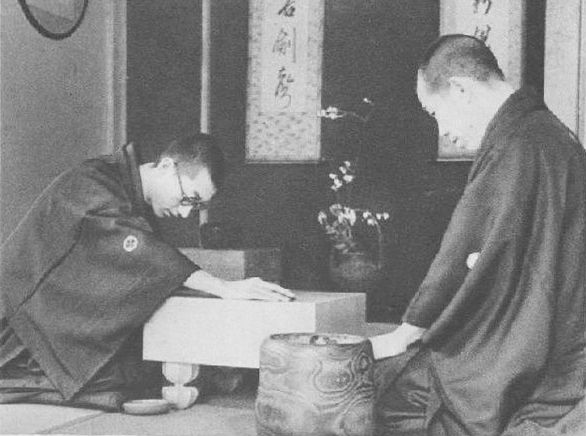
At only eighteen years old he would have gained a name for himself as everywhere he played, his results were brilliant. Everyone who had doubts concerning this young Chinese teenager could no longer do anything other than accept that he may be one of the greatest gifts the game of Go had received. Only two years later, in 1932, he was already a 5-Dan professional, which was an incredible feat as in those days, gaining a Dan promotion was something very hard to manage. In this period being 5-Dan meant you belonged to the elite; and as an elite Go Seigen gained the right to play against the well known Honinbo Shusai, Meijin and highest ranked player at the time.
Go Seigen lost to the Meijin by two points after playing the game for almost five months as the game would be adjourned for more than ten times creating a furore in the Newspapers. It was and still is today regarded as the game of the century, and as one of the first game where Go Seigen really established the new modern opening patterns we call today the ‘Shin Fuseki’. Go Seigen played fast, very fast for the time. His positional judgment and reading accuracy were no match as he used the thickness created by his new vision of the opening he developed alongside his alltime friend Kitani Minoru, a revolutionary experimentation breaking away from the traditional moves, creating the foundations of the Go we know of today.
Don’t be scared to fight if you need to, get to the big points first, never lose a Ko you initiate, exchange huge chunks of territory and turn the tables if needed as the universe created in his head while playing seems to never be fixed. Everything can change on the board, he will always adapt. This is how I would sum up Go Seigen’s style.
While growing each and every day to be the legend we know of today, Go Seigen still lives in a world of trouble. The newspapers had the greatest idea to advertise the game against Honinbo Shusai as ‘The confrontation between China and Japan’, thus puting Go Seigen in a situation where he became an unfortunate victim of the rising Japanese nationalism. The ‘young prodigy from China’ was constantly harassed during the match as even the window of the house he lived in were smashed with rocks by right-wing militants. He is scared for his family and for his life. In 1936, now twenty-two years old, a previously diagnosed tuberculosis took over his body as he suffered a relapse of the disease. He is sick of politics, sick of the world he lives in as he goes near Mount Fuji to rest and breathe for some time.
“As time flew by, I felt the world was going through turbulent changes. Only the world of Go was as tranquil as Taikoko Lake. I couldn’t abandon Go, my calling. I wanted to live with it in this world”.
— Go Seigen
His love for the game was stronger than anything else and troubles seemed now far away as he regained the strength to play again as a professional player. Starting in 1939 now twenty-five years of age and being 7-Dan, Go Seigen started a series of famous Jubango (meaning ten games played in a row to agree on a decisive winner. This was way before Komi) against the top players of the day; the first one being against his friend Kitani Minoru also 7-Dan where both players demonstrated their ingenuity and new discoveries in the Fuseki. But Go Seigen seemed a tad stronger as after six games, he had lost only one game thus forcing his opponent to play with one stone handicap.
This was crazy at the time as these were the top players. Nevertheless, the same fate happened to his next opponents. He was 8-Dan in 1941, defeating four to one Karigane Jun-ichi 8-Dan, then Hashimoto Utaro 8-Dan, Fujisawa Kuranosuke 9-Dan, Sakata Eio 8-Dan and Takagawa Kaku 8-Dan. Now 9-Dan since 1950, he has lost only one of twelve Jubango against Fujisawa Kurunosuke. Because of the difference in strength, Fujisawa played Black in all games and there was no komi.
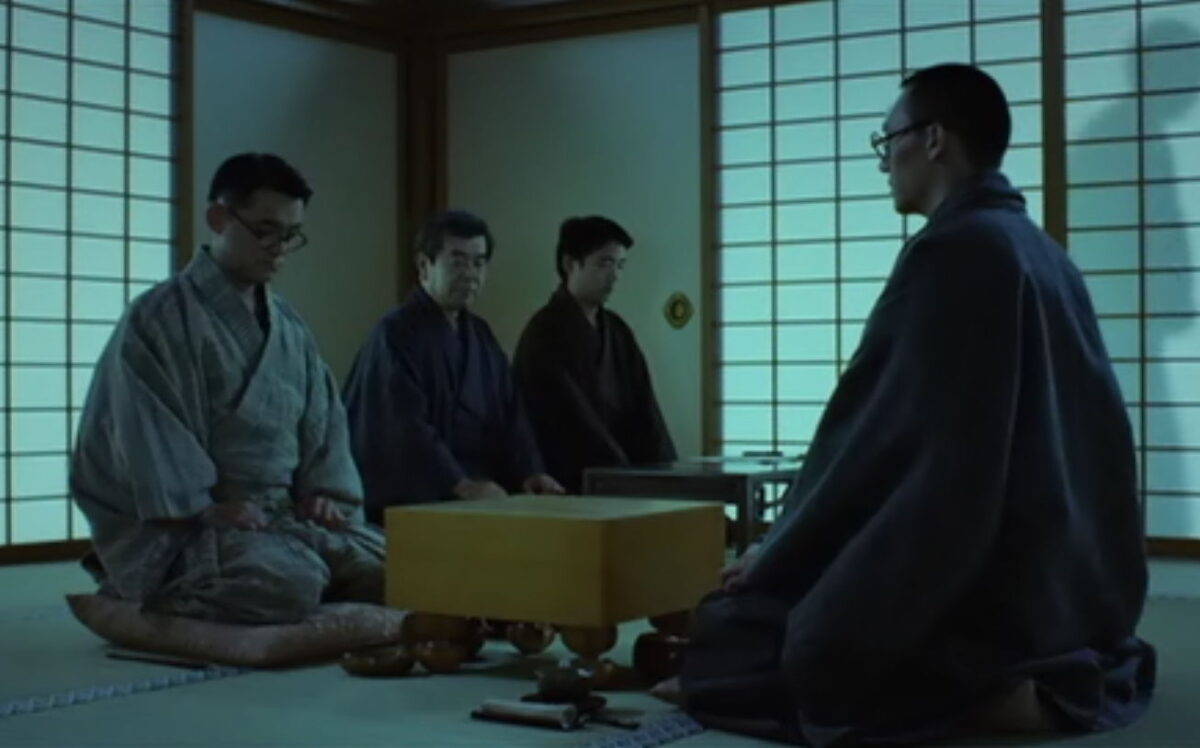
Go Seigen is at the top of the world. Appart from a period in the 1940s where Go became involved in the Jiu (Shinshukyo) sect where he appeared to be more interested in religion than playing Go, his career is an example of steadiness. At least until the summer of 1961.
In a rush and not really wanting to lose time using the pedestrian crossing, a motorcycle came out of nowhere at high speed and hit the man. He was hospitalized and, even if at first doctors thought he would be well on his feet in no time, Go began to suffer bouts of dizziness.
After this tragic episode, he never really played like he did. He still played, but could never be able to withstand longer games as he would get terrible nauseas and health issues, making him retire officially in 1983, being awarded the Grand Cordon of the Order of the Rising Sun for his lifetime contributions to Go by Japan’s Government the same year. Despite everything, he would continue to live for the game, remaining very active in the community. He still had Rin Kaiho and Rui Naiwei as disciples, and wrote books like “A way of Play for the 21st Century” or “Modern Joseki Application Dictionary”.
Go Seigen was buried, according to his wishes, in his hometown of Fuzhou in China, leaving behind him a new generation of Go players, professional or amateur, all walking in his footsteps, learning from the rich past he gifted us.

“Go can bring happiness to people around the world. That is the best thing. I’m glad
that I have played Go”.
— Go Seigen at 100 Years Old (“The Surrounding Game” movie)
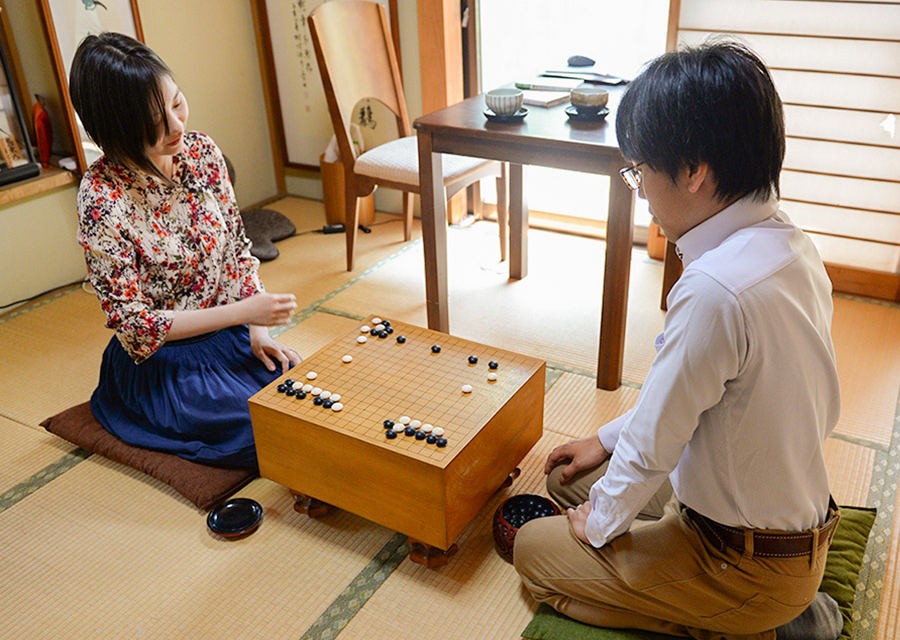

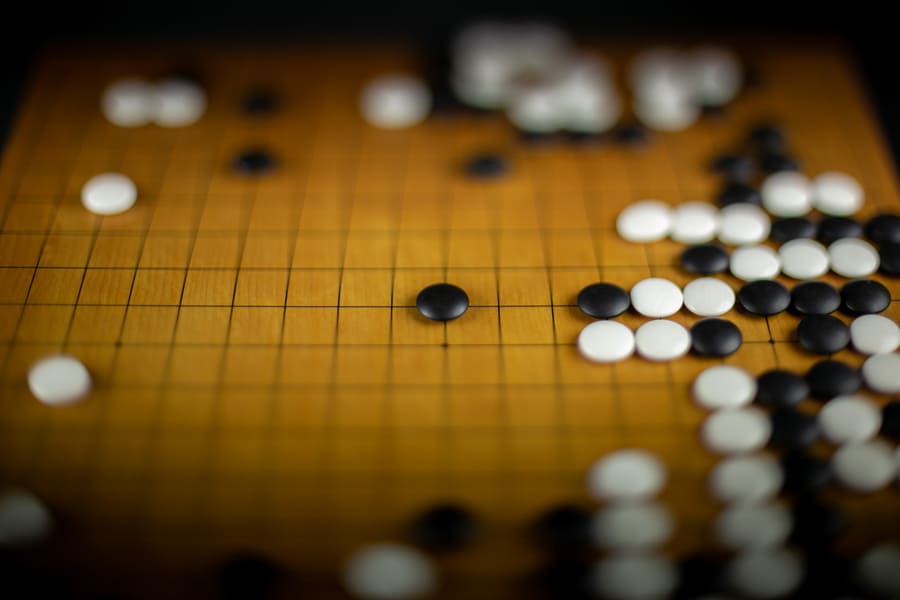
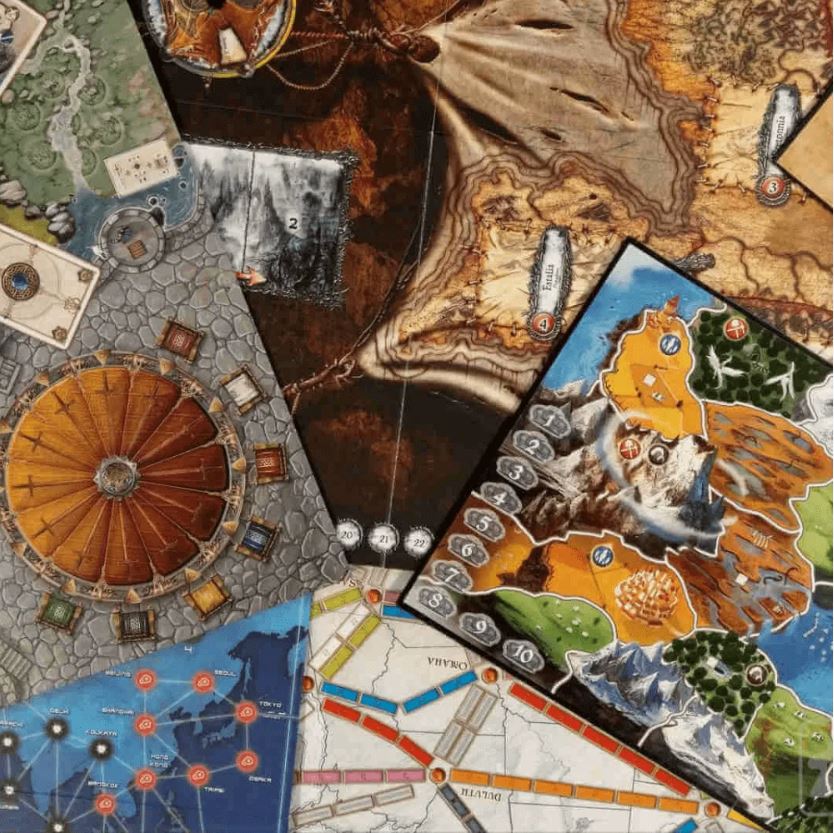
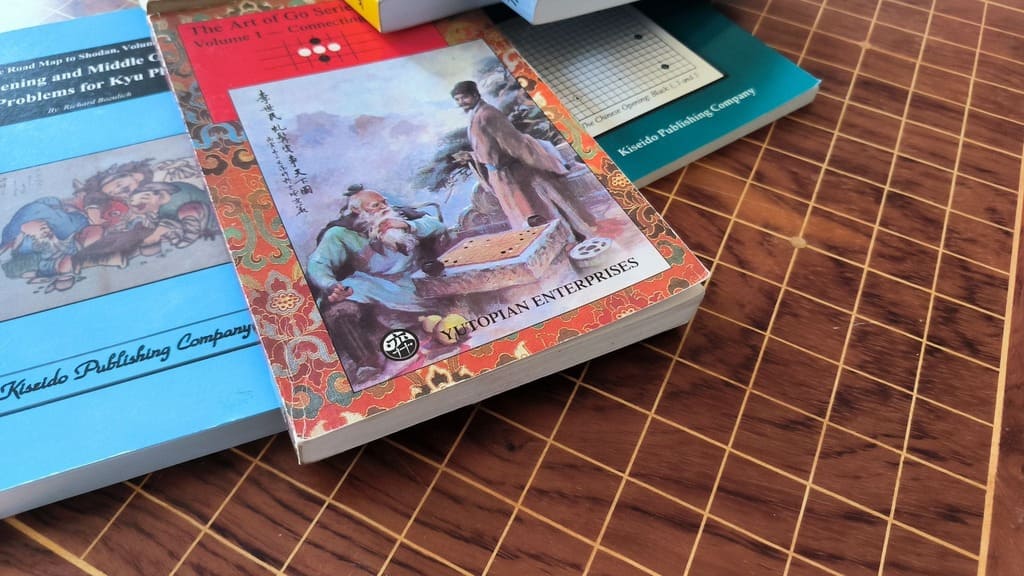
Leave a comment